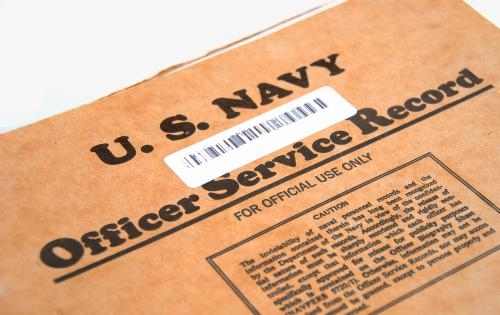Alternative Resources for Recovering Military Records
To file a negligence claim against the armed services, you typically need documentation that shows the details of the service period wherein you suffered harm. Although many people are aware of the more common methods of obtaining their military service records, some find difficulty getting all of the information they need from typical sources.

If you are searching for alternative resources for recovering your military records, here are some lesser-known options you may wish to explore.
Reconstructed Records
Due to the 1973 fire, which destroyed a significant portion of the National Personnel Records Center (NPRC), more than 16 million Official Military Personnel Files have been effectively lost. Because no duplicates of these records were maintained, some information stored in these files has been lost permanently. Fortunately, the NPRC did collect numerous Auxillary Records that have been used to reconstruct basic information about service members and their history.
To retrieve these reconstructed military service records, requesters must gather as many old personal records as possible before making their request. Having this information on hand helps the NPRC identify which sources are best for reconstructing the requested service data.
Requesting Reconstructed Records
To request reconstructed records, you must submit NA Form 13075 and/or NA Form 13055. NA Form 13075 is a Questionnaire About Military Service, while 13055 is a Request for Information Needed to Reconstruct Medical Data form. Through NA Form 13075, you can provide information to be used while reconstructing your military records. The form asks requesters to attach copies of any papers relating to their military services, such as military orders, award citations, and military address as shown on letters mailed home.
Form 13055 is instead used to submit the information that the NPRC can use to identify whether the requester’s medical records were transferred to the Department of Veteran Affairs before the 1973 fire. Some alternate record sources may feature useful medical information. However, these alternate sources tend only to show dates of treatment, rather than diagnosis or the type of treatment administered.
Final Pay Vouchers
A collection of over 19 million final pay vouchers serve as a primary source of alternate military record data. These vouchers feature records of the name, service number, dates of service, and character of service for military service members. Using these and other organizational records (as available), the NPRC can effectively verify military service. Though, final pay vouchers are not an effective means of identifying the capacity in which veterans served.
Alternate Medical Records
The NPRC also has a collection of computer tapes containing more than ten million treatment facility admission records. These records were intended for statistical use, but following the 1973 fire, efforts have been made to leverage the data as proof to support certain benefit claims. Although no names are featured in the data, patients are identified by their military service number and certain personal data, including age, race, sex, and place of birth.
State and County Resources
Your state or county may have your military records on file. Veterans are advised to contact their state, county, or municipality to determine if they hold files that the requester could leverage in a legal claim.
The Takeaway
Even if the traditional routes of acquiring your service information have failed, all is not lost. There is a possibility that one of these alternative methods may allow you to obtain the service records you need to file a claim for yourself or on behalf of a relative.




